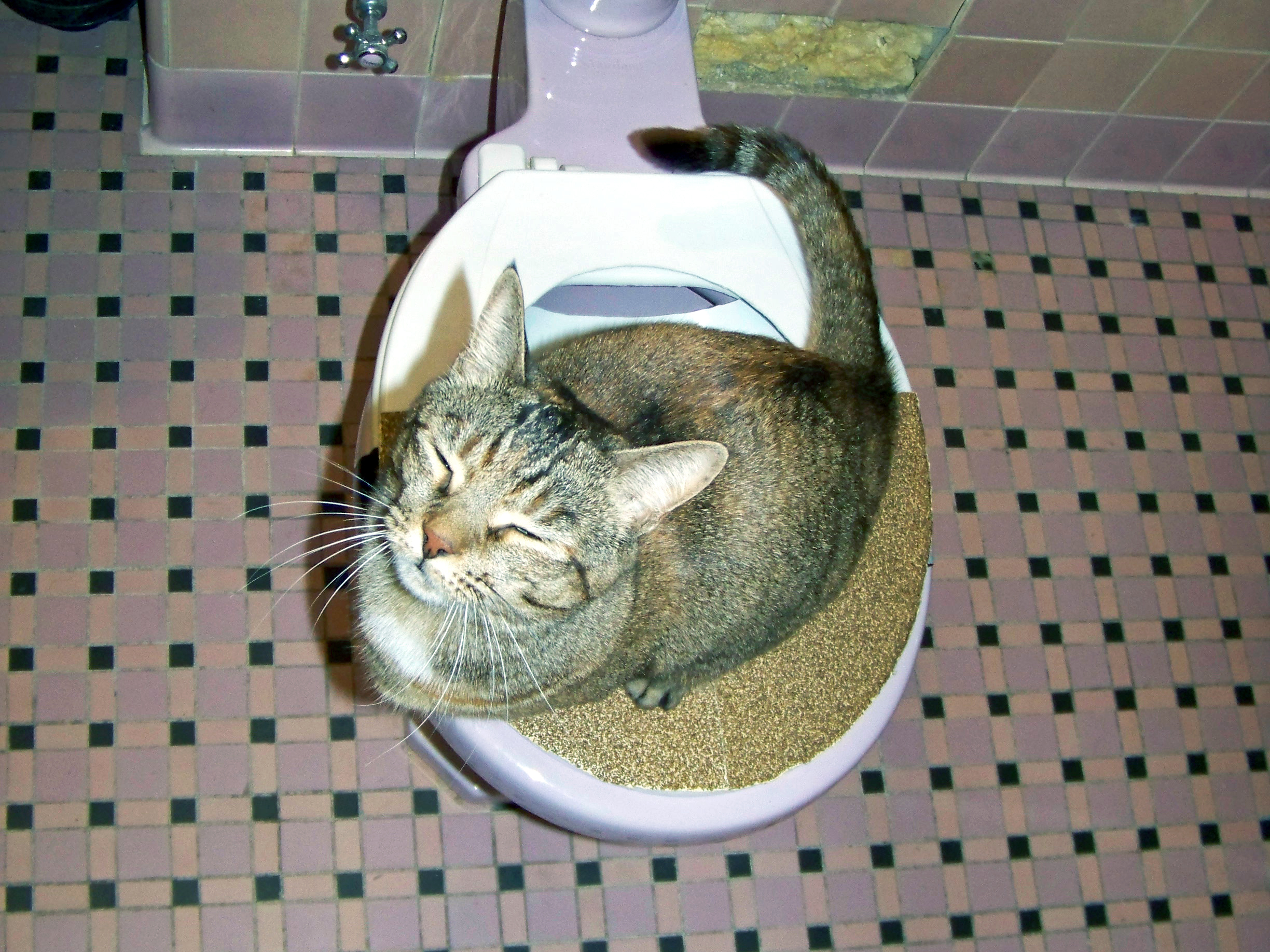Are you on the lookout for facts and techniques about Can You Flush Cat Poop Down The Toilet??

Intro
As cat proprietors, it's necessary to bear in mind exactly how we dispose of our feline good friends' waste. While it may appear convenient to flush feline poop down the toilet, this method can have detrimental repercussions for both the setting and human health and wellness.
Ecological Impact
Flushing feline poop presents damaging pathogens and parasites right into the supply of water, presenting a significant danger to marine communities. These impurities can adversely impact aquatic life and compromise water high quality.
Wellness Risks
In addition to environmental worries, purging cat waste can likewise posture health risks to people. Pet cat feces may consist of Toxoplasma gondii, a bloodsucker that can cause toxoplasmosis-- a potentially serious health problem, specifically for pregnant women and individuals with damaged body immune systems.
Alternatives to Flushing
Thankfully, there are much safer and extra liable ways to deal with feline poop. Think about the adhering to choices:
1. Scoop and Dispose in Trash
One of the most common method of disposing of cat poop is to scoop it into a naturally degradable bag and toss it in the garbage. Be sure to use a specialized trash inside story and throw away the waste promptly.
2. Use Biodegradable Litter
Opt for biodegradable cat litter made from materials such as corn or wheat. These clutters are eco-friendly and can be securely taken care of in the garbage.
3. Hide in the Yard
If you have a yard, consider burying cat waste in a designated area far from veggie yards and water resources. Be sure to dig deep adequate to stop contamination of groundwater.
4. Mount a Pet Waste Disposal System
Purchase a family pet waste disposal system specifically designed for pet cat waste. These systems make use of enzymes to break down the waste, minimizing odor and environmental effect.
Conclusion
Responsible animal ownership prolongs beyond supplying food and sanctuary-- it likewise includes appropriate waste monitoring. By avoiding purging cat poop down the toilet and going with alternate disposal methods, we can minimize our ecological footprint and protect human wellness.
Why Can’t I Flush Cat Poop?
It Spreads a Parasite
Cats are frequently infected with a parasite called toxoplasma gondii. The parasite causes an infection called toxoplasmosis. It is usually harmless to cats. The parasite only uses cat poop as a host for its eggs. Otherwise, the cat’s immune system usually keeps the infection at low enough levels to maintain its own health. But it does not stop the develop of eggs. These eggs are tiny and surprisingly tough. They may survive for a year before they begin to grow. But that’s the problem.
Our wastewater system is not designed to deal with toxoplasmosis eggs. Instead, most eggs will flush from your toilet into sewers and wastewater management plants. After the sewage is treated for many other harmful things in it, it is typically released into local rivers, lakes, or oceans. Here, the toxoplasmosis eggs can find new hosts, including starfish, crabs, otters, and many other wildlife. For many, this is a significant risk to their health. Toxoplasmosis can also end up infecting water sources that are important for agriculture, which means our deer, pigs, and sheep can get infected too.
Is There Risk to Humans?
There can be a risk to human life from flushing cat poop down the toilet. If you do so, the parasites from your cat’s poop can end up in shellfish, game animals, or livestock. If this meat is then served raw or undercooked, the people who eat it can get sick.
In fact, according to the CDC, 40 million people in the United States are infected with toxoplasma gondii. They get it from exposure to infected seafood, or from some kind of cat poop contamination, like drinking from a stream that is contaminated or touching anything that has come into contact with cat poop. That includes just cleaning a cat litter box.
Most people who get infected with these parasites will not develop any symptoms. However, for pregnant women or for those with compromised immune systems, the parasite can cause severe health problems.
How to Handle Cat Poop
The best way to handle cat poop is actually to clean the box more often. The eggs that the parasite sheds will not become active until one to five days after the cat poops. That means that if you clean daily, you’re much less likely to come into direct contact with infectious eggs.
That said, always dispose of cat poop in the garbage and not down the toilet. Wash your hands before and after you clean the litter box, and bring the bag of poop right outside to your garbage bins.
https://trenchlesssolutionsusa.com/why-cant-i-flush-cat-poop/

Do you really like reading up on Don’t flush cat feces down the toilet? Make feedback below. We'd be pleased to hear your feelings about this blog. We hope that you visit us again later on. Feel free to take the time to distribute this content if you appreciated it. Thank-you for going through it.
Call Us Today
Comments on “Reasons You Mustn't Flush Cat Poop Down Your Toilet - Maintain Your Plumbing Health”